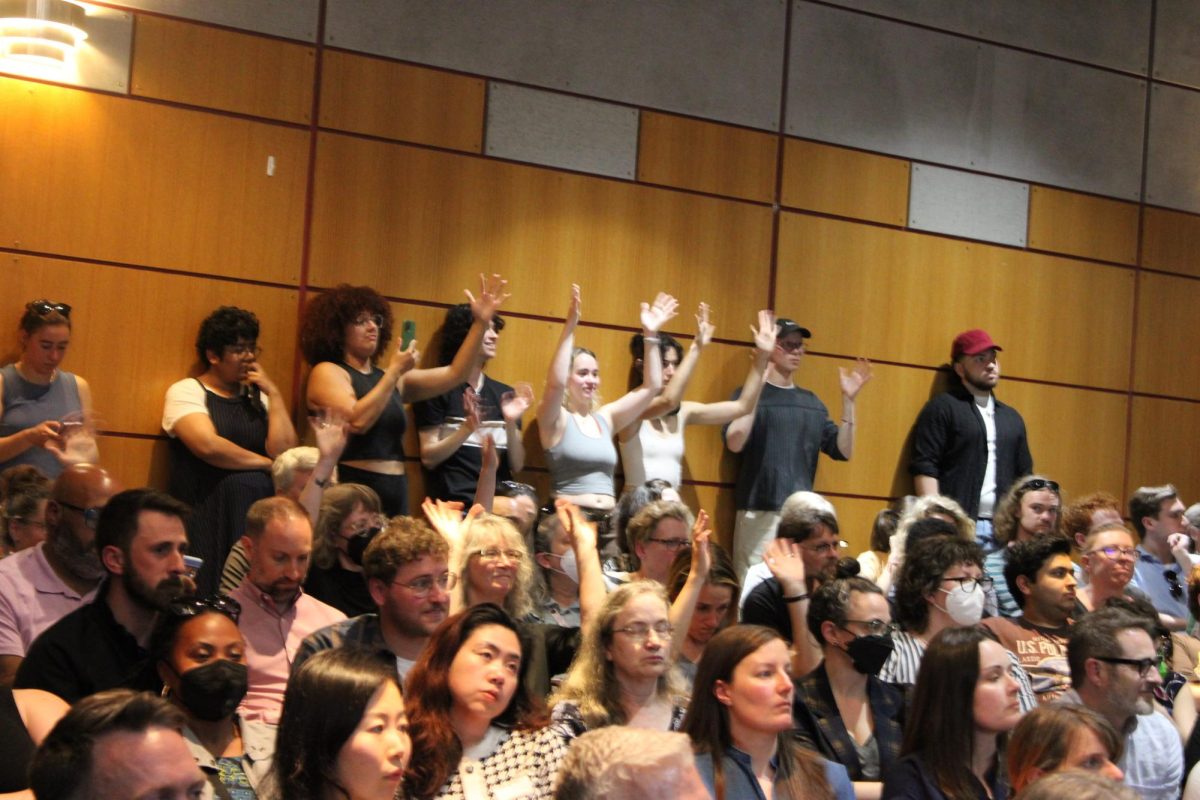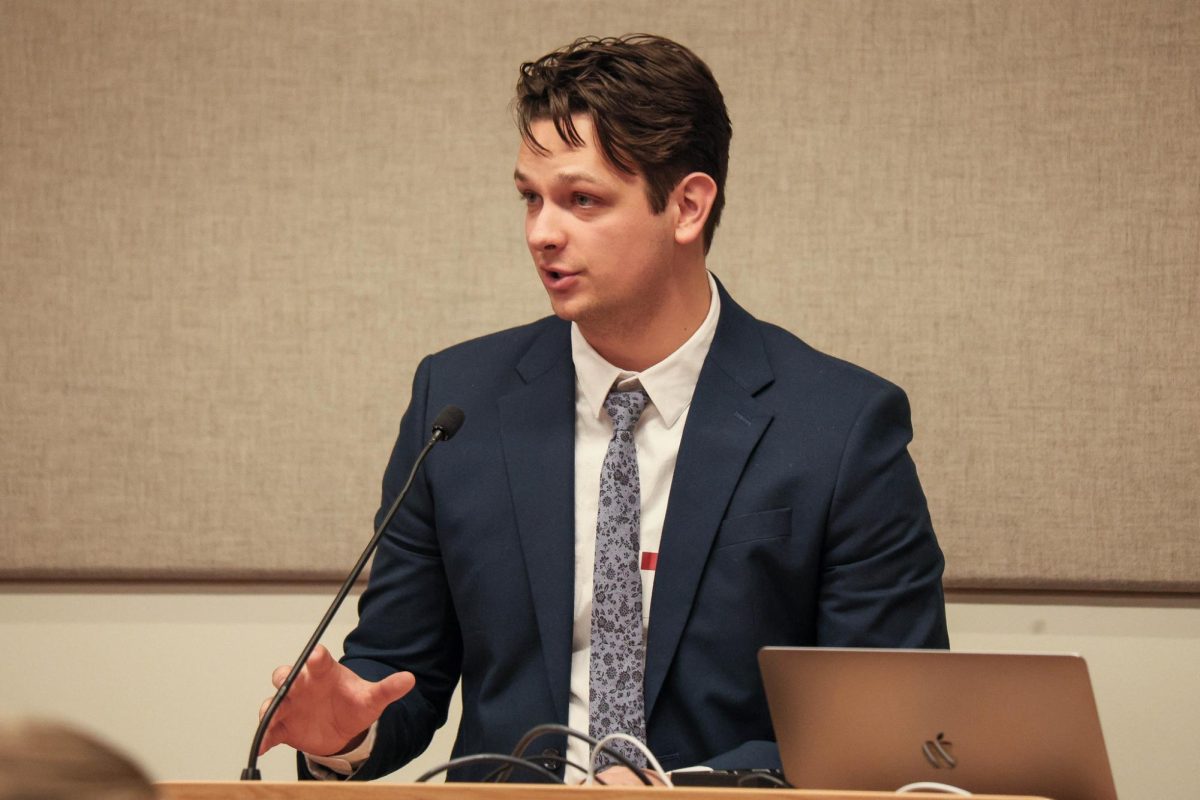
Think about your bedtime regimen. It may include doing homework until you are too tired to pay attention anymore, reading a book, laying down scrolling through your Facebook or Twitter news feeds on your phone or talking with friends. It might even change depending on the day. If your routine includes using technology and varies day by day, your quality of sleep probably varies too.
The Harvard Medical Publications has found that “light at night is bad for your health, and exposure to blue light emitted by electronics and energy-efficient light bulbs may be especially so.”
Melatonin is the neurotransmitter that helps to regulate sleep and wake cycles. Your body produces enough to have normal sleeping patterns. Any kind of light suppresses the secretion of melatonin, which is why human bodies are made to be awake when the sun is out.
Blue light suppresses melatonin’s production more so than sunlight does. Blue light has shorter wavelengths than other forms of light in order to produce the color and brightness, and is primarily emitted by televisions, computer screens and cell phones.
Harvard researchers and their colleagues proved this when they “conducted an experiment comparing the effects of 6.5 hours of exposure to blue light to exposure to green light (much less intense light) of comparable brightness. The blue light suppressed melatonin for about twice as long as the green light and shifted circadian rhythms by twice as much (three hours vs. 1.5 hours).” Even when you are no longer looking at the screen, the melatonin production is suppressed and still affects one’s circadian rhythm.
Many people now read books on tablets or kindles, rather than holding the book itself. Kindles and iPads function differently. Kindles don’t use the same type of screen as tablets. They don’t use light to make the pixels visible to form words. Kindles use ink, which is why Amazon calls it “e-ink,” and is OK to read before going to sleep. It is essentially the same as reading a piece of paper because there is no contrast or glare.
Sometimes when I try to fall asleep, I have my iPhone in my hand, scroll through my emails, Facebook, Twitter, Instagram or play a game or two. These things stimulate my brain activity because the information I read gets me thinking about other things and decreases my ability to fall asleep relaxed. Additionally, the light hurts my eyes and results in a less restful sleep compared to if I had not picked up my phone in the first place. I become sleepy because my body is already wiped out from the day and my eyes hurt enough that I want to close them. However, this doesn’t change the fact that there is less melatonin formation in my body.
The best way to avoid the eye pain or sleep anxiety associated with nighttime screen use is to start by dimming the brightness. Even more effective would be to lower the color temperature, giving the screen more of a sepia tint. There are different apps that do this and make your screen more of an orangey color so they don’t affect the body’s melatonin production. For example, the app f.lux adjusts the screen color to the time of day on your computer so that you aren’t “looking at the sun” when the sun is no longer out. There are also many apps for Mac users.
Blue light and natural light are fine to be exposed to during the day because they actually stimulate alertness, which makes sense because that’s why exposure to at night disrupts sleep. The more you decrease blue light exposure before bed, the better your sleep is, because your body is better able to rest uninterrupted by outside factors that affect it.
It is suggested that people read or relax without using screens about two hours before bed. This, however, is not realistic for college students who do homework in the evening after busy days or take the time before bed to check social media or watch a movie to wind down. If your bedtime routine includes any of these activities, try reading instead to see if you become more relaxed and end up sleeping better than when you had engaged in light-exposing activities. If you do homework before bed, try saving your reading and note taking for last, rather than work that utilizes a computer, or download an app to lessen the blue light given off from the screen.
As busy college students always on the run, it is important to get the most restful sleep possible. The hours we have to get any shut-eye are key to being able to function properly during the day, from concentrating in class to having enough energy. It’s comforting to know that it actually is possible.
Karen Podorefsky is a Collegian columnist and can be reached at [email protected].

















